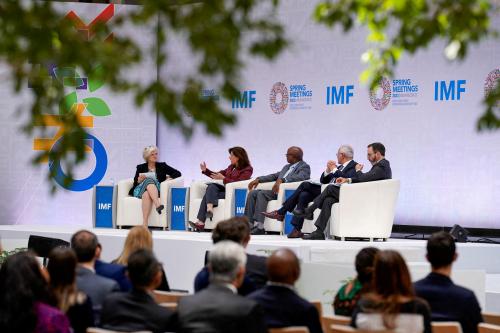Abstract
Since the 1997-98 financial crisis, many East Asian economies have experienced permanent declines of domestic investment and output growth, mainly resulting from the increase in financial risk and decrease in the return on investment.
The investment decline in East Asia, outside of China, combined with the falling in public and private savings in the United States, has contributed to recent surges in global current account imbalances. The reduction of global current account imbalances requires adjustment polices to raise domestic investment in East Asia, such as expansion of public infrastructure investment and an increase in R&D and human capital investment. Continuous structural reforms in the corporate and financial sectors are also required to lower financial risk and improve investment efficiency. Simulations with a global general equilibrium model support the positive role of the investment increase or strong productivity related growth in reducing current account surpluses in East Asia. Nevertheless, a fiscal adjustment in the United States turns out to be more effective in reducing the US current account deficit and thereby correcting global imbalance.




